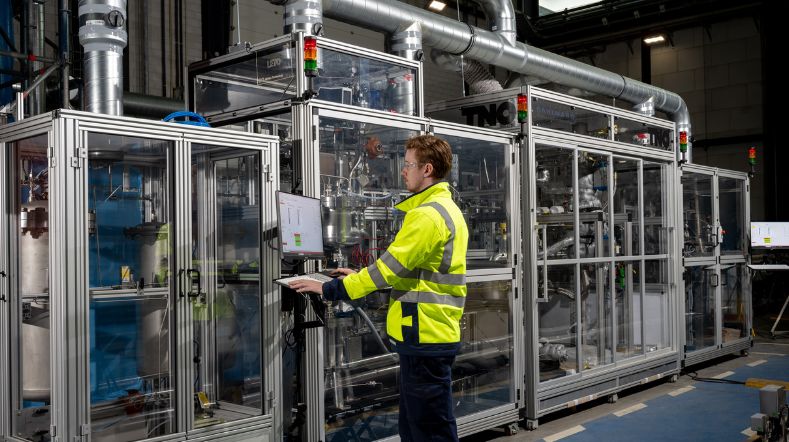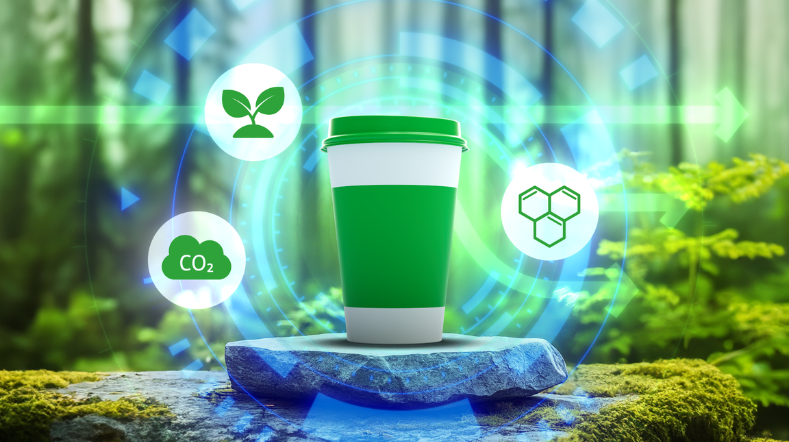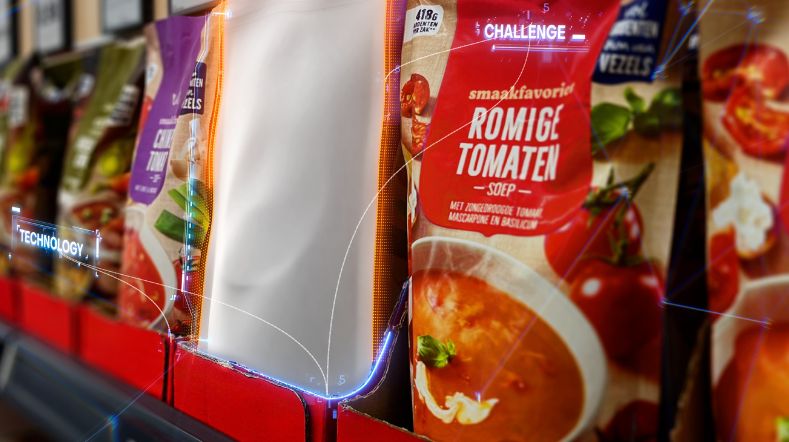
Early results show the potential of circular healthcare plastics
Plastics are indispensable in the pharmaceutical industry and essential for safety and hygiene. But their single-use nature results in vast amounts of waste, most of which is incinerated. Therefore, TNO is collaborating with partners to develop circular solutions. The first results are promising: building blocks for new pharmaceutical packaging have been created from recycled bioreactor bags.
Stop burning, start recycling
Every year, the pharmaceutical sector generates millions of tons of plastic waste. Around 50% of this comes from single-used applications, such as bioreactor bags and silicone tubing, which are made from high-quality polymers. Despite their value these materials are almost always incinerated after use due to contamination concerns.
This waste stream, however, holds significant untapped potential. These plastics are technically recyclable into high quality applications. We believe, the question is not whether recycling is possible, but how it can be done safely, efficiently, and at scale.
First result: building blocks for new pharmaceutical packaging
Together with Johnson & Johnson Innovative Medicine and a broad consortium of partners, we launched a project to explore circular pathways for the Single Used pharmaceutical bags. This group includes manufacturers, recyclers, pharmaceuticals, and research institutions, each partner contributing unique expertise across the value chain.
And the results are promising. In the first phase, the team assessed the design, logistics, and regulatory landscape of single-use bags. They also tested both mechanical and chemical recycling methods on clean bioreactor bags. The outcome? High-quality building blocks for new pharmaceutical packaging.
Driving innovation and cooperation in the value chain
TNO, through its Brightlands Materials Center, plays a central role in the project by providing scientific and technical expertise, heading up and managing this consortium.
We also support feasibility studies on mechanical and chemical recycling, and contribute to life cycle and impact assessments. This ensures that every step, from material selection to end-of-life processing, is grounded in data and geared toward sustainability. By bridging science and industry, we help turn circular ambitions into practical, scalable solutions.
From waste to resource, a systemic approach
The goal is clear: transform single-use plastics from waste into valuable resources. But this requires more than just recycling technology. It demands a systemic approach.
Therefore, the project is moving into a demonstrator phase. This includes:
- Short term: Identifying downcycled applications, such as outer wrappings for medical assemblies.
- Medium term: Improving sorting and decontamination, and upgrading recyclate quality using compatibilizers and design-for-recycling principles.
- Long term: Redesigning single-use plastics for circularity and exploring the use of recyclates in new medical packaging.
Be ahead of the curve
This is not just about sustainability, it’s about smart business. EU regulations are upcoming also for pharmaceutical and healthcare The Packaging and Packaging Waste Regulation (PPWR) will also get applicable for pharmaceutical and healthcare in the near future. Requiring all packaging to be recyclable and include recycled content.
For that reason and because of many companies willing to contribute on circularity goals and CO2 reduction ambitions, companies that act now will be ahead of the curve. They will reduce CO₂ emissions, lower material costs, and build resilience into their supply chains.
Join us
The consortium is growing. And we are looking for new partners who:
- Generate large volumes of single-use plastic waste
- Produce medical-grade plastic bags and working on their design
- Offer decontamination or recycling services
Get inspired
CRM materials and processes


From lab to market: TNO steps up sustainable plastic recycling with dissolution


Webinar: Biobased plastics in a sustainable future


Progress in circular packaging for soups and sauces


Biobased plasticisers: from compliance to competitive edge


